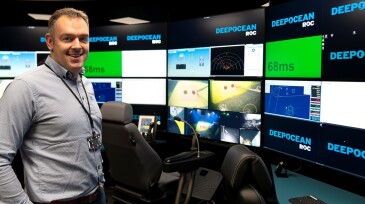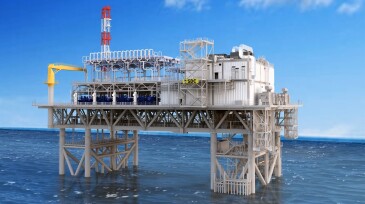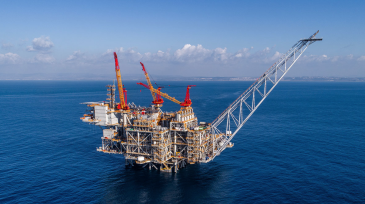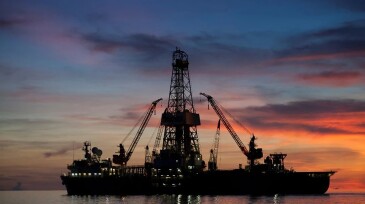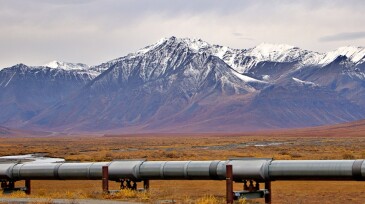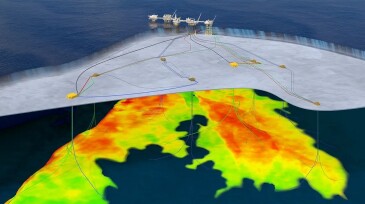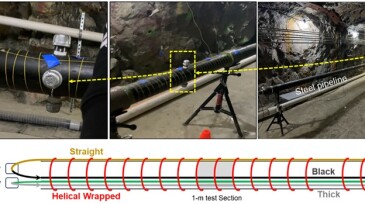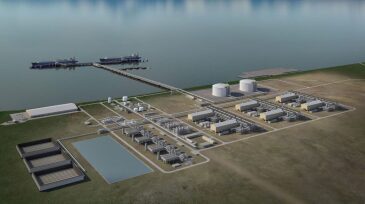Pipelines/flowlines/risers
Engineering, procurement, construction, and installation awards made at the end of 2025 are expanding Saipem’s role in Turkey’s two largest offshore gas fields, plus Saudi Arabia’s Berri, Abu Safah, and Marjan oil fields and Qatar’s North Field gas giant in the Persian Gulf.
The Gorgon Phase 3 project aims to counter declining reservoir pressure to sustain gas supplies to Western Australia’s domestic market and support LNG exports to Asia.
The contract will cover the design and manufacturing of tree systems, flexible flowlines, a manifold, and controls, as well as installation of the subsea production system.
-
SponsoredAdvance your career with the new Pipeline Engineering Program at the Technical University of Leoben, a 5-month course combining on-campus and online learning, integrating industry expertise, engineering practice, and future-ready skills for professionals in oil, gas, and emerging energy systems.
-
The DeepOcean-lead joint industry project aims to advance commercialization of a new patented technology that heats pipeline systems deployed in deepwater where flow assurance can be a challenge.
-
BP’s new electric gas compression platform at Shah Deniz, Azerbaijan’s largest natural gas producer, is expected to sustain exports to Europe even as the field enters decline.
-
Nitzana will enable Israel to double gas exports to Egypt from the giant Leviathan gas field in the Eastern Mediterranean.
-
The Japanese company ratcheted up the competitive nature of contracting for a floating production, storage, and offloading vessel and an onshore liquefied natural gas plant for the Abadi project by announcing dual front-end engineering design (FEED) contracts.
-
Work by researchers at the University of Saskatchewan aims to advance the understanding of clathrate hydrates, crystal cages of ice that can trap gas and liquids.
-
Electricity produced onshore powers oil production at Johan Sverdrup holding CO₂ emissions at only 5% of the global average.
-
The language of the well is conveyed through various parameters, including hook load, weight on bit, rotational speed, torque, pressure, and cuttings returns. The journey to understand this language has driven advancements in standardization, automation, technology, and science within planning and operations.
-
Unlike traditional inspection methods, distributed fiber-optic sensing offers continuous, real-time monitoring capabilities, allowing for early detection and response to potential leaks, which is especially crucial in remote or inaccessible locations.
-
Glenfarne has launched a strategic process to partner with global firms that can support execution and offer complementary expertise for the Alaska LNG project.
Page 1 of 32





